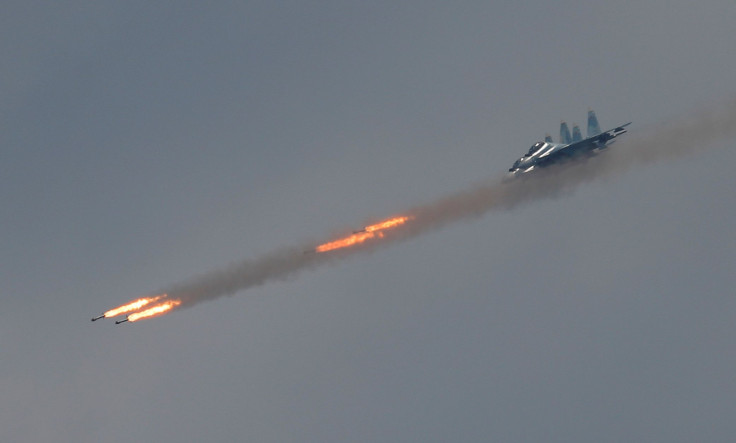Russian Nuclear-Powered Missile May Not Have Fallen Into Sea, Country Says

The Russian Federation Council Committee on Defense and Security on Wednesday said there is no confirmation that a missile with a nuclear engine fell into the Barents Sea as a result of an unsuccessful test last year.
“There is no information, I cannot confirm," Yevgeny Serebrennikov, the deputy chairman of the federation told local daily Interfax on Wednesday.
On Tuesday CNBC reported that Moscow was preparing to try to recover the missile that was test launched in November 2017 and reportedly landed in the Barents Sea, located north of Norway and Russia. Though the report did not mention the exact timing of the operation, it said three vessels will participate in the recovery mission. One of them will have equipment for working with radioactive materials.
Possible damage to the missile's nuclear reactor would not pose risk to health or environment, the report said. However, the concerns that radioactive material could leak still exist.
Hans Kristensen, director of the Nuclear Information Project at the Federation of American Scientists, said: "It goes without saying that if you fire a missile with a nuclear engine or energy source, that nuclear material will end up wherever that missile ends up.”
"If this missile was lost at sea and recovered in full, then you might hypothetically be able to do it without pollution, I would have my doubts about that because it's a very forceful impact when the missile crashes. I would suspect you would have leaks from it," Kristensen added.
U.S. intelligence analysts say if the missile is recovered, Russia would use the method as a blueprint for future recovery operations.
Though there is no confirmation about which Russian ships would be heading for the recovery operations, reports suggest that the oceanographic research vessel, The Yantar, might be among them. The ship can retrieve objects from depths of up to 18,000 feet and can also tap submarine cable.
Kremlin test-fired four missiles, known as Burevestniks, between November 2017 and February 2018. The longest test flight saw the missile travel a total of 22 miles and lasted over two minutes. The smallest test flight, on the other hand, covered a distance of five miles, The Drive reported.
During an annual message to the Federal Assembly in March, Russian President Vladimir Putin unveiled a new nuclear-powered missile, saying it has unlimited range. He also claimed the missile was “capable of delivering a warhead to any point in the world while evading missile defense systems.” However, the missile has not yet been tested successfully despite multiple attempts.
Sources told CNBC that the missile was in development since the early 2000s. The weapon apparently uses a gasoline-powered engine for takeoff and later switches to a nuclear-powered one for flight. The missile failed to achieve the indefinite flight as the nuclear-powered heart of the missile failed to initiate.
Sources also said the tests were ordered by senior officials despite the program's engineers showing concerns of the system not being fully developed.
© Copyright IBTimes 2024. All rights reserved.





















